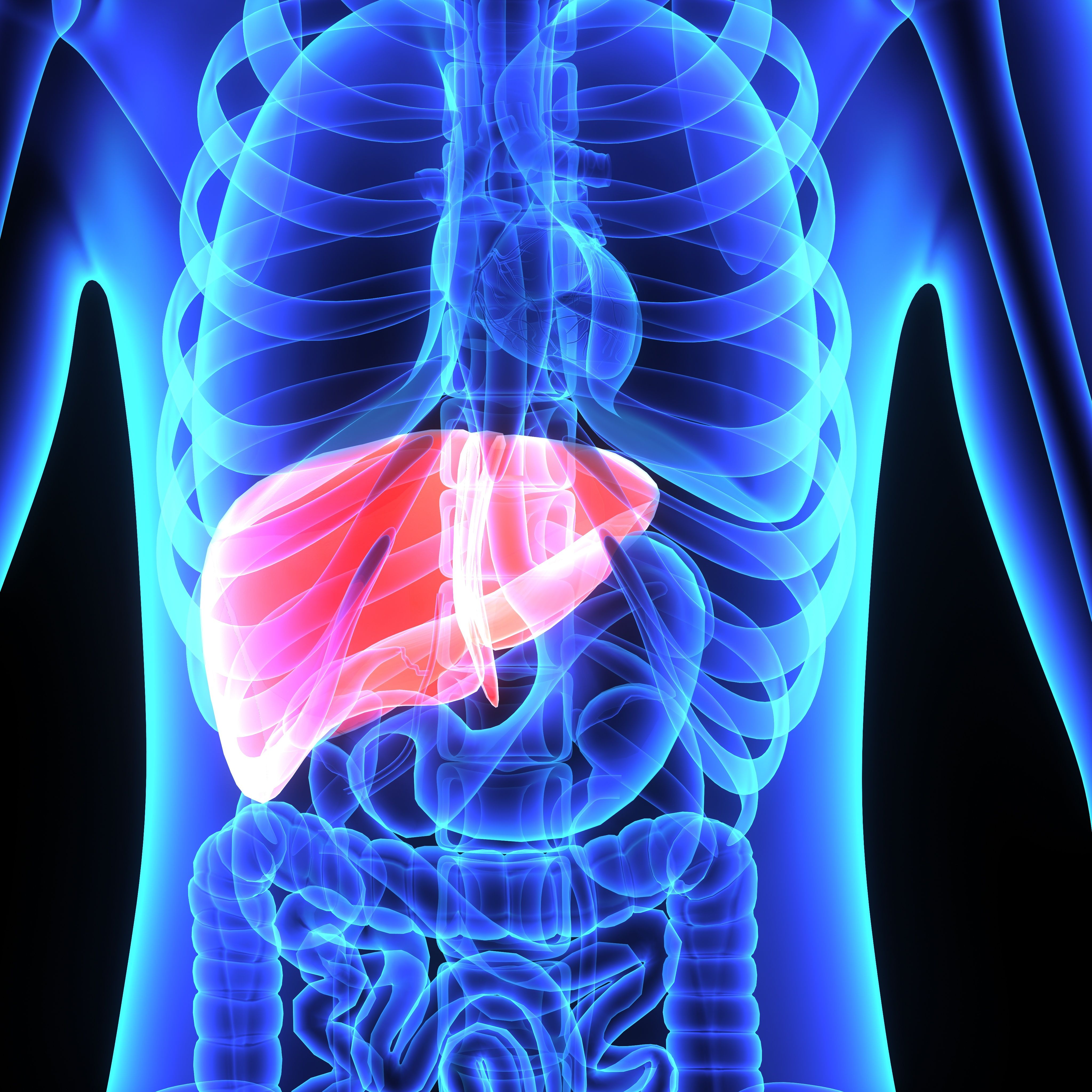Pembrolizumab Combo Improves PFS/OS in Hepatocellular Carcinoma
Duration of response results with pembrolizumab plus lenvatinib in advanced hepatocellular carcinoma appear to be ‘promising’ in the phase 3 LEAP-002 trial.
“The activity of lenvatinib plus pembrolizumab for patients with advanced HCC observed in this study supports the evaluation of transarterial chemoembolization with or without lenvatinib and pembrolizumab for the treatment of patients with intermediate-stage HCC in the ongoing phase 3 LEAP-012 study (NCT04246177),” according to the study authors.

Pembrolizumab (Keytruda) in combination with lenvatinib (Lenvima) yielded consistent overall survival (OS) and progression-free survival (PFS) compared with lenvatinib alone among those with advanced hepatocellular carcinoma (HCC), according to extended follow-up findings from the phase 3 LEAP-002 study (NCT03713593) presented at the 2024 Gastrointestinal Cancers Symposium.
However, 35% of responders to the frontline regimen experienced an extended duration of response (DOR) of 3 years or more, according to extended follow-up of the trial.
As a result, the study authors, led by Richard S. Finn, MD, of UCLA Health, noted that lenvatinib monotherapy remains a standard-of-care first-line treatment for patients with advanced HCC.
The trial failed to meet its co-primary end point of OS at the final analysis, and PFS at the first interim analysis. Median OS for the combination regimen was 21.2 months, compared with 19.0 months with the placebo regimen (HR, 0.84; 95% CI, 0.71-1.00), while the median PFS was 8.2 months and 8.0 months, respectively (HR, 0.87; 95% CI, 073-1.02).
“Late separation of the Kaplan-Meier survival curves for OS and PFS between treatment arms from 12 months onwards warranted extended follow-up,” the study authors wrote in their poster presentation.
Additional Follow-Up
After 12 months of additional follow-up (median, 43.6 months; range, 37.3-52.6), 24-month DOR rates with lenvatinib plus pembrolizumab vs placebo were 43% and 24%, respectively, while 36-month rates were 35% vs 4%. “…DOR results were encouraging,” the study authors added.
Median time to response with lenvatinib plus pembrolizumab was 4.1 months (range, 1.3-39.6), compared with 4.0 months (range, 0.3-18.6) with the placebo regimen, while median DOR was 16.6 months (range, 2.0+ to 45.3+) and 10.4 months (range, 1.9-37.0+), respectively.
Median OS with lenvatinib plus pembrolizumab was 21.1 months (95% CI, 18.8-23.5), compared with 19.0 months (95% CI, 17.2-21.7) with lenvatinib plus placebo (HR, 0.84; 95% CI, 0.71-0.98). The 24-month OS rates with the combination vs placebo were 43% vs 40%, respectively, while the 36-month OS rates were 33% vs 24%.
The addition of pembrolizumab to lenvatinib induced a median PFS of 8.2 months, compared with 8.1 months with placebo (HR, 0.81; 95% CI, 0.69-0.95), with 24-month PFS rates of 16% vs 10%, respectively, and 36-month PFS rates of 14% vs 3%.
Objective response rate (ORR) was 26% (95% CI, 22%-31%) for those administered lenvatinib plus pembrolizumab, compared with 18% (95% CI, 14%-22%) for those given lenvatinib plus placebo. Disease control rates (DCRs) were 81% (95% CI, 77%-85%) and 78% (95% CI, 74%-82%), respectively.
Complete responses occurred in 3% of patients treated with lenvatinib plus pembrolizumab, compared with 2% treated with lenvatinib plus placebo, whereas 24% and 16%, respectively, experienced partial responses, and 55% and 61% had stable disease. Further, 12% and 15% of those in the combination and control arms, respectively, reported with progressive disease.
Treatment-related deaths occurred in 4 patients in the combination arm and 3 patients in the placebo arm. Grade 3 to 5 treatment-related adverse events occurred in 62.8% and 58.0% of patients, respectively, with the most common including hypertension (43.8% vs 46.8%), diarrhea (40.8% vs 34.2%), and hypothyroidism (40.0% vs 35.9%).
Lastly, 46.6% of patients in the lenvatinib plus placebo group received 1 or more poststudy systemic anticancer treatment, vs 55.4% of patients in the lenvatinib plus placebo group.
Phase 3 LEAP-002 Trial
In the randomized, double-blind trial, investigators aimed to evaluate the safety and efficacy of first-line lenvatinib plus pembrolizumab (n = 395), compared with lenvatinib plus placebo (n = 399), in patients with advanced HCC.
Patients were randomly assigned 1:1 to receive either 8 mg (body weight, <60 kg) or 12 mg (body weight, 60 kg or more) of oral lenvatinib once daily plus 200 mg pembrolizumab intravenously every 3 weeks, or the lenvatinib dosing regimen plus placebo. Treatment continued for 35 cycles or less, or until disease progression, unacceptable toxicity, or study discontinuation.
PFS and OS served as the primary end points. Secondary end points included ORR, DOR, DCR, and safety and tolerability.
Those eligible for the trial included adults with a confirmed diagnosis of HCC; no prior systemic therapy for their disease; BCLC stage C or B not amenable to or refractory to locoregional therapy and not amenable to curative therapy; Child-Pugh liver class A, measurable disease per RECIST v1.1 by blind independent committee review; ECOG performance status of 0 or 1; no main portal vein invasion; and esophagogastroduodenoscopy within 3 months of randomization.
Patients were stratified by geographic region, macroscopic portal vein invasion and/or extrahepatic spread, AFP level, and ECOG performance status.
In total, 369 patients in the combination arm and 385 patients in the control arm discontinued treatment, with 10 and 1, respectively, completing treatment, and 16 and 9 still ongoing with treatment.
“The activity of lenvatinib plus pembrolizumab for patients with advanced HCC observed in this study supports the evaluation of transarterial chemoembolization with or without lenvatinib and pembrolizumab for the treatment of patients with intermediate-stage HCC in the ongoing phase 3 LEAP-012 study (NCT04246177),” the study authors concluded.
Reference
Finn R, Kudo M, Merle P, et al. Lenvatinib plus pembrolizumab versus lenvatinib alone as first-line therapy for advanced hepatocellular carcinoma: Longer-term efficacy and safety results from the phase 3 LEAP-002 study. J Clin Oncol. 2024;42(3):482.